Lambing season at Aldenham Country Park
During November 2019 our students enjoyed the opportunity of watching a vet at work. She had come to Aldenham Country Park to check how many ewes were pregnant. We learned about...
Filter by Category
Filter by Author


























































































































































































During November 2019 our students enjoyed the opportunity of watching a vet at work. She had come to Aldenham Country Park to check how many ewes were pregnant. We learned about...
Posted by Shirley Ellicott

Year 9 and 10 food students had a real culinary treat last week when they had a visit from the Ming-Ai (London) Institute. Two healthy eating Chinese ambassadors came into Bushey...
Posted by Alison Hanbury

On Wednesday 11th March, 32 year 9 Spanish students went to The Stables theatre in Milton Keynes to participate in an interactive Spanish Film Day. In the morning, students...
Posted by Victoria Hargreaves

Posted by Sara Ash - Deputy Headteacher

Looking back over the past couple of months I would like to draw attention to the amazing things that Elm house students have been taking part in and doing! 7 Elm boys took part...
Posted by Niralee Pattni

It’s been nice to think about more festive times in French recently and 9Fr1 students have made some fabulous posters following on from an independent research homework into...
Posted by Victoria Hargreaves
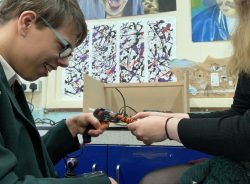
In the Learning Support Department here at BMS, we very proudly offer our SEN students the chance to explore the Arts through an Arts award as part of our alternative curriculum....
Posted by Hannah Bailey

If any students have not logged in to SAM Learning, please do so as soon as possible as you are missing out on an amazing resource! So, who are the current SAM Learning...
Posted by Suresh Varsani

Last week Mr. Dawson delivered the breakfast time to Sh9ne session in the sixth form centre. Here’s what Yaasri and Dhwani had to say about it…. For the penultimate...
Posted by Lauren Wright
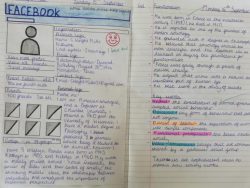
Hello, my name is Andrea. I am a year 10 student, and I decided to take psychology as one of my options for GCSE because I thought that it would be really interesting to learn...
Posted by Chloe Lister
During November 2019 our students enjoyed the opportunity of watching a vet at work. She had come to Aldenham Country Park to check how many ewes were pregnant. We learned about tupping, this is where a ram (male sheep) mates with a ewe (female sheep). The ram leaves a dye stain on the ewe to show she has been mated with. Then the farmer knows to move them to another field away from the rams. When the vet scanned the ewes she could see that 47 ewes were pregnant. When the ewes have been scanned a dot is painted on their back to show how many lambs each is carrying. A blue dot represents 1 lamb, a red dot represents 2 lambs and an orange dot represents 3 lambs. 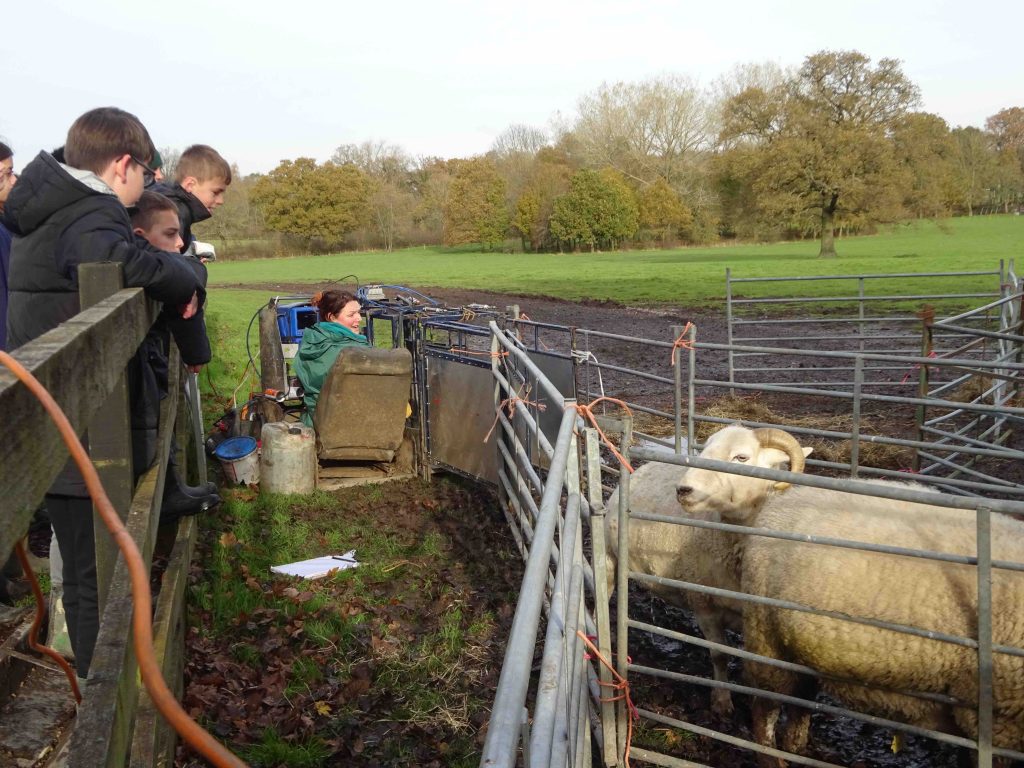 Prior to the ewes giving birth we were watching to see if we could spot any tell tale signs like star gazing (staring up into the sky) or scratching the ground. They may also stand erratically or just lie down ready when they want to give birth.
Prior to the ewes giving birth we were watching to see if we could spot any tell tale signs like star gazing (staring up into the sky) or scratching the ground. They may also stand erratically or just lie down ready when they want to give birth.
Traditionally, lambing starts in early spring. But at Aldenham Country Park the lambing season started during February. The gestation period is 152 days. This is the period when the lamb develops inside from conception to birth. This year 90 lambs were born at the farm. 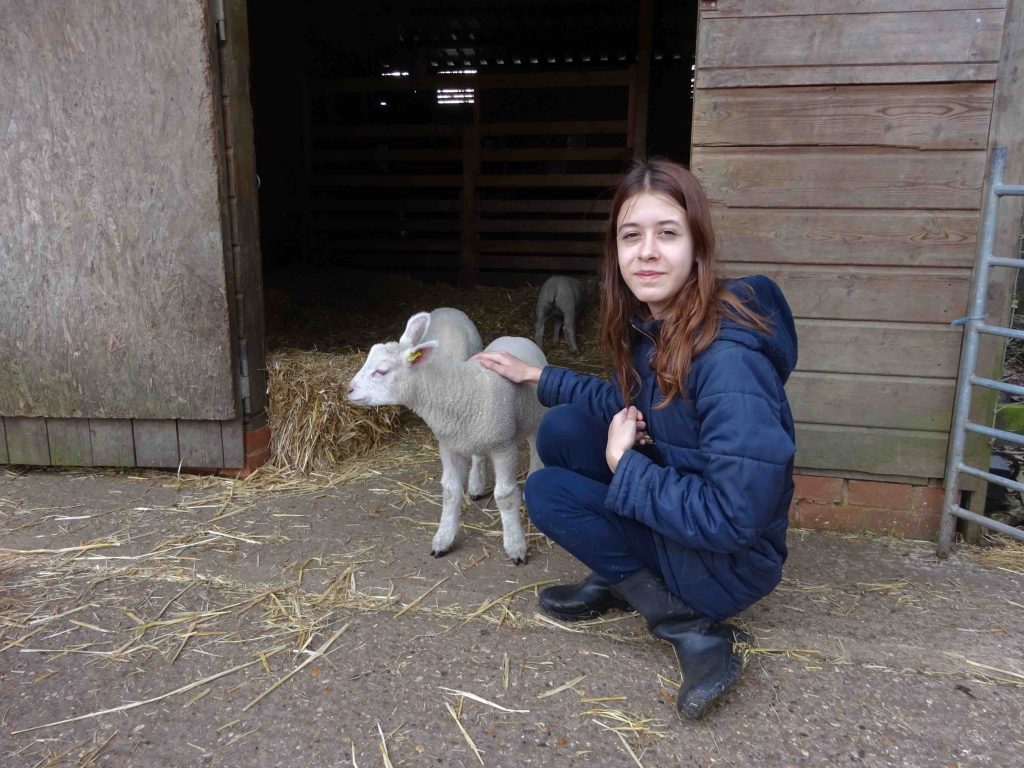 The breeds of sheep at Aldenham Country Park are Black Welsh Mountains, Wiltshire Horns, Jacobs, Rams Suffolk crosses and Mules which are a mixed breed.
The breeds of sheep at Aldenham Country Park are Black Welsh Mountains, Wiltshire Horns, Jacobs, Rams Suffolk crosses and Mules which are a mixed breed.
Lambs can walk just minutes after they are born but they depend on their mothers for the first several weeks of their life. 72 hours after being born the ewes are put in a separate pen with their lambs to make sure they are producing milk and to check that they are latching on to feed. The farmer can also check the lambs for any illness and deal with any problems before they escalate. He sprays the lambs umbilical cord with Iodine to stop any infection.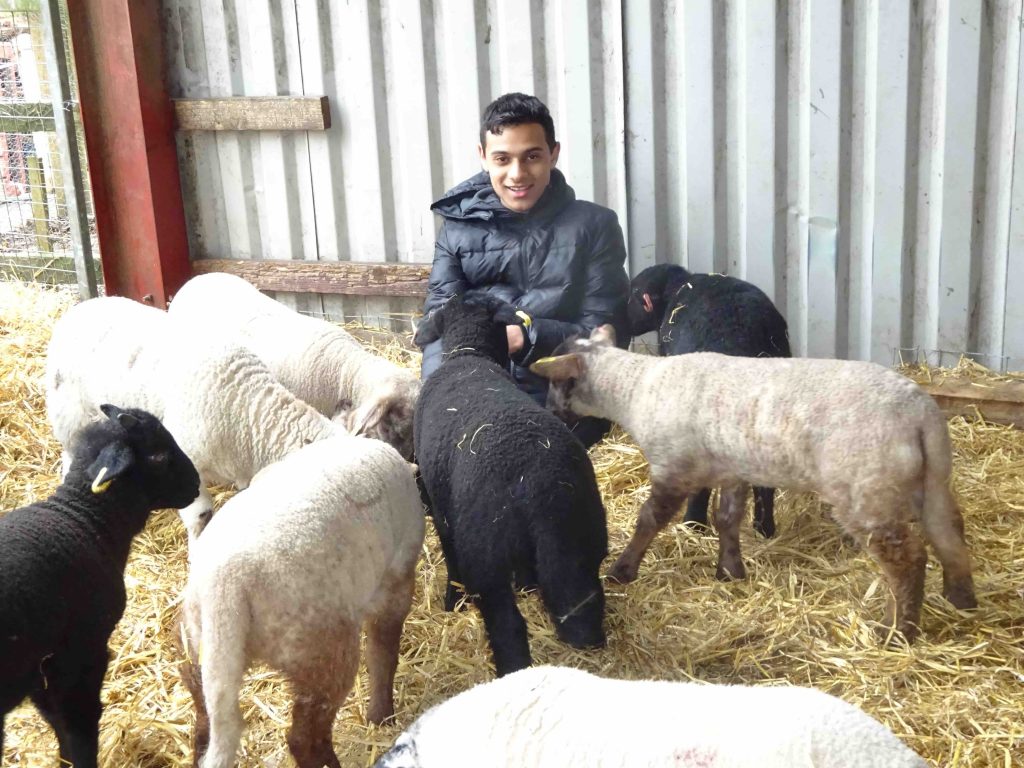 Since ewes often give birth to two or sometimes even three lambs, the smallest lamb often doesn’t receive adequate nutrition. If this is the case, or if the ewe dies or is otherwise unable to nurse her offspring, the lambs are bottle-feed. As a ewe only has 2 teats to feed her lambs, if she is carrying 3 then one will be taken away and bottle fed also.
Since ewes often give birth to two or sometimes even three lambs, the smallest lamb often doesn’t receive adequate nutrition. If this is the case, or if the ewe dies or is otherwise unable to nurse her offspring, the lambs are bottle-feed. As a ewe only has 2 teats to feed her lambs, if she is carrying 3 then one will be taken away and bottle fed also.
Our students were each given a bottle which had been made up with a special milk formula called Lamlac. This is a milk replacer containing all the nutrients needed for healthy growth. The lambs are given 200ml at each of their 5 feeds during the day. When the lambs have had their feed they are kept under a heat lamp as they don’t have their mother for warmth.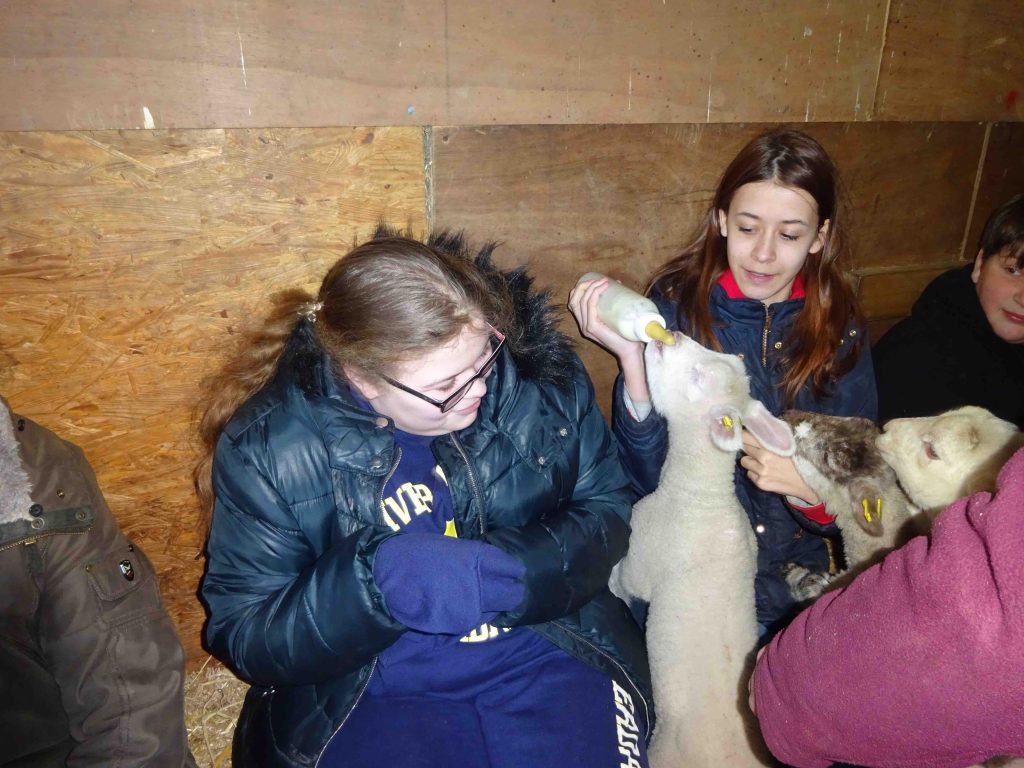
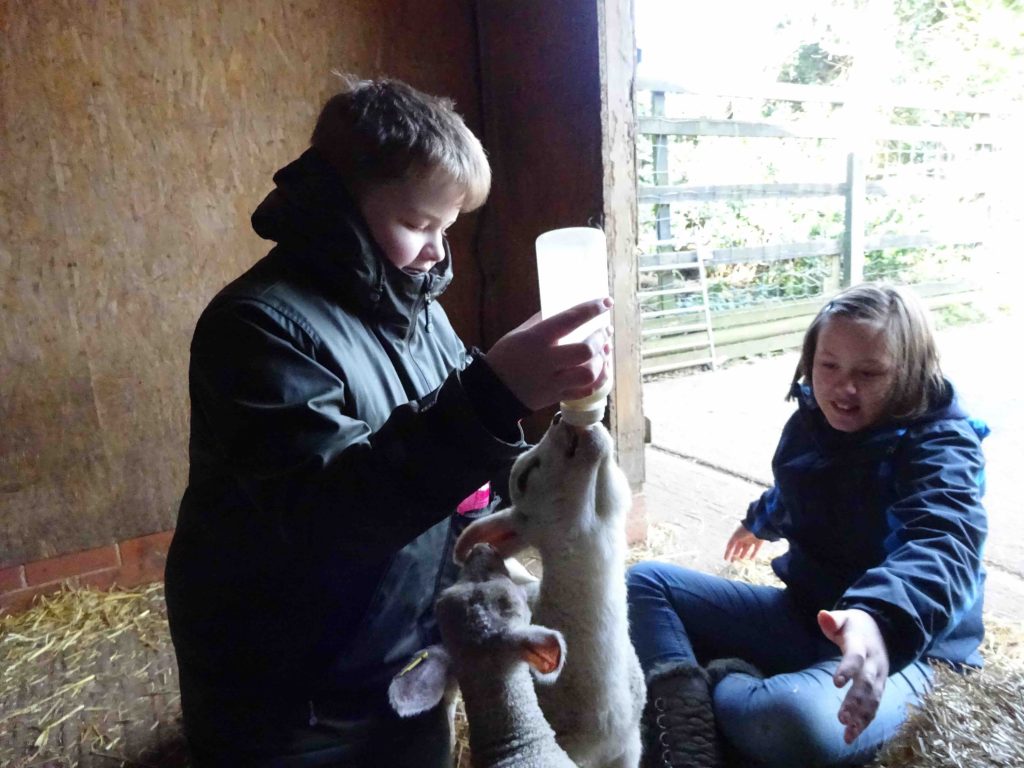
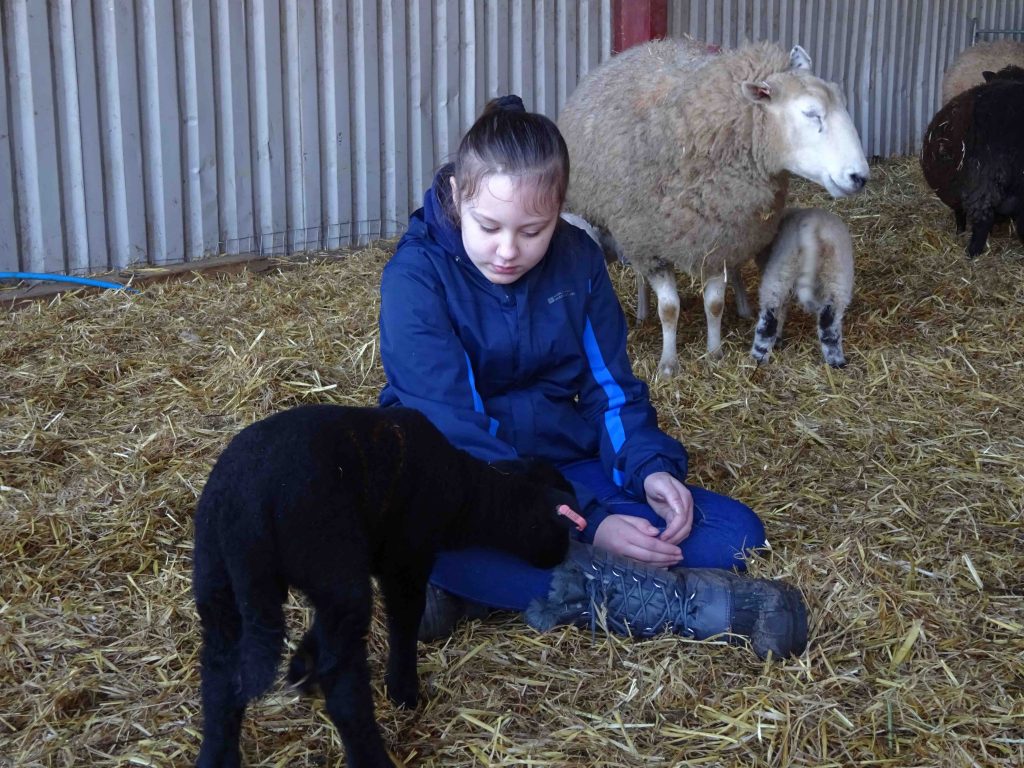
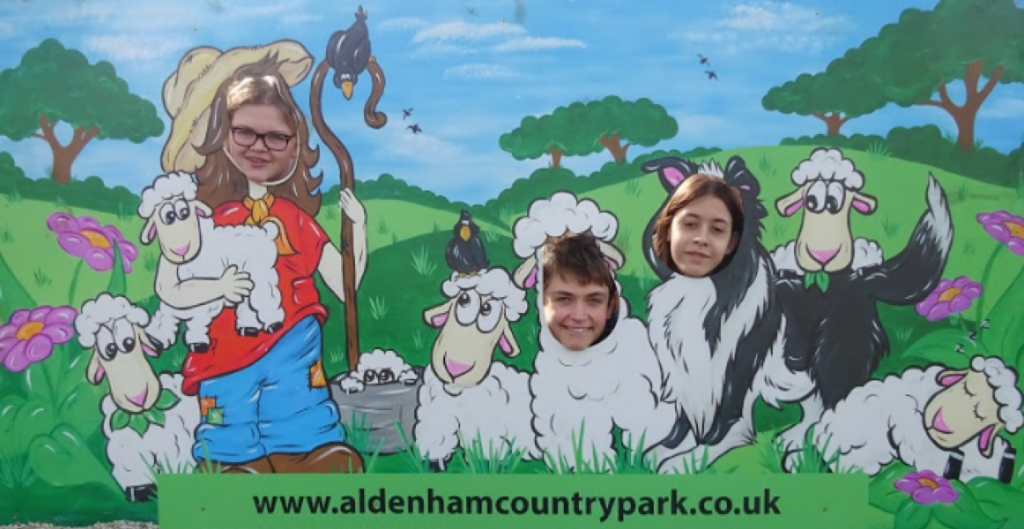 Our students have really enjoyed this experience as you can see in the photos.
Our students have really enjoyed this experience as you can see in the photos.
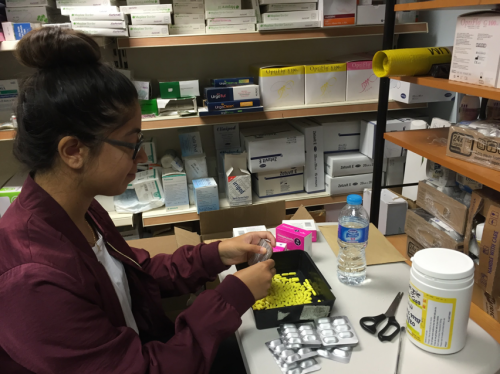
At the end of term all of Year 12 took part in a week of work shadowing. The feedback received from both the employers and the students was overwhelmingly positive. One employer...